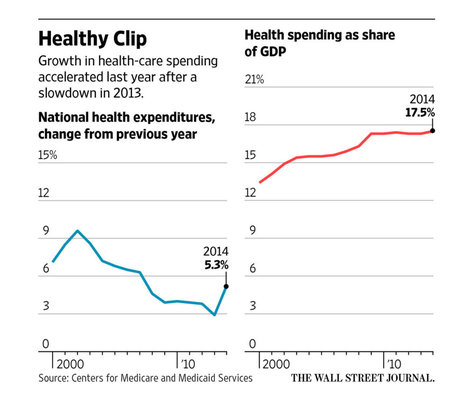(p. A25) BOSTON — SINCE the publication of the federal government’s 1980 Dietary Guidelines, dietary policy has focused on reducing total fat in the American diet — specifically, to no more than 30 percent of a person’s daily calories. This fear of fat has had far-reaching impacts, from consumer preferences to the billions of dollars spent by the military, government-run hospitals and school districts on food. As we argue in a recently published article in The Journal of the American Medical Association, 35 years after that policy shift, it’s long past time for us to exonerate dietary fat.
. . .
Recent research has established the futility of focusing on low-fat foods. Confirming many other observations, large randomized trials in 2006 and 2013 showed that a low-fat diet had no significant benefits for heart disease, stroke, diabetes or cancer risks, while a high-fat, Mediterranean-style diet rich in nuts or extra-virgin olive oil — exceeding 40 percent of calories in total fat — significantly reduced cardiovascular disease, diabetes and long-term weight gain. Other studies have shown that high-fat diets are similar to, or better than, low-fat diets for short-term weight loss, and that types of foods, rather than fat content, relate to long-term weight gain.
. . .
The limit on total fat is an outdated concept, an obstacle to sensible change that promotes harmful low-fat foods, undermines efforts to limit refined grains and added sugars, and discourages the food industry from developing products higher in healthy fats.
For the full commentary, see:
DARIUSH MOZAFFARIAN and DAVID S. LUDWIG. “Stop Fearing Fat.” The New York Times (Thurs., JULY 9, 2015): A25.
(Note: ellipses added.)
(Note: the online version of the commentary has the title “Why Is the Federal Government Afraid of Fat?”)



